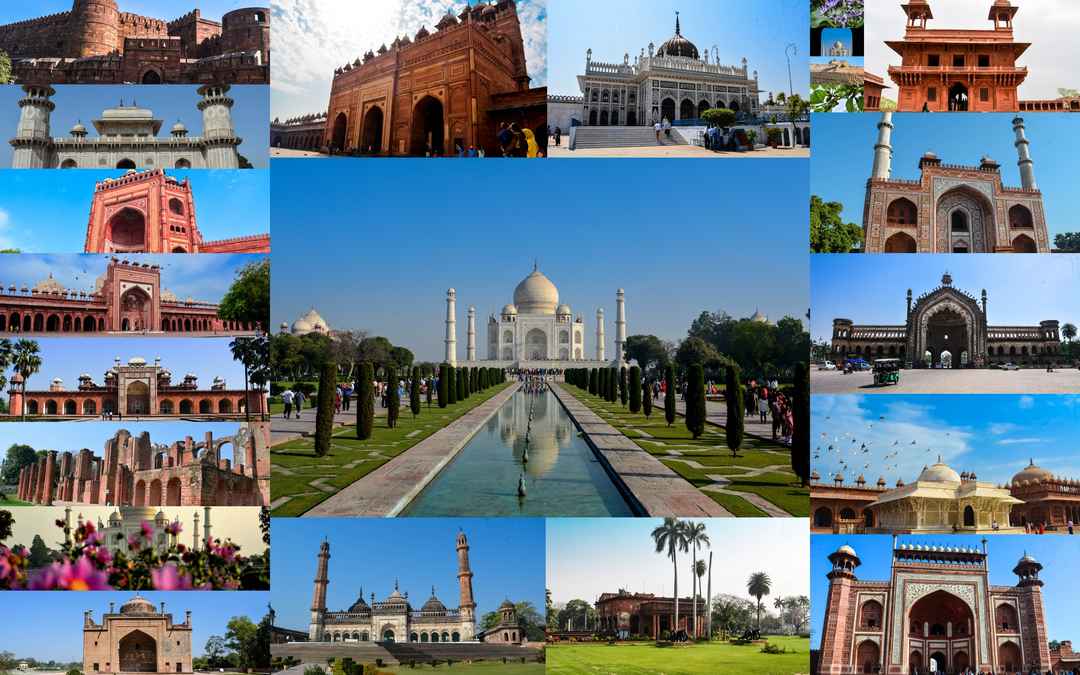Font size:
Print
Promote Caste Equality
Context:
Inequality in an economy often stems from differences in inheritance. While wealth is the most obvious inheritance relevant to inequality, social status can also contribute to economic disparity, particularly when it becomes a determinant in the economic order.
Debate regarding Affirmative Action:
- In India, the influence of caste status on an individual’s economic opportunities is well-recognised, leading to affirmative action for Scheduled Castes (SC), Scheduled Tribes (ST), and Other Backward Classes (OBC), collectively referred to as lower castes.
- Some argue that affirmative action should focus on the poorer individuals within these groups and possibly extend to all economically disadvantaged people, regardless of caste. Others advocate for a caste census to evaluate the adequacy of these policies and potentially strengthen them.
- The key issue in this debate is whether a lower-caste individual, all other factors being equal, has poorer economic prospects than the average person.
Recent Studies:
- Two recent studies based on data from the Indian Human Development Survey provide insight into this question.
- The first study found that, on average, the annual income of lower-caste individuals is 21.1% lower than that of the rest of the population.
- Disaggregated data show that Adivasis earn 28.7% less than upper-caste groups, while Dalits, Muslims, and OBCs earn 27.74%, 20.17%, and 19% less, respectively.
- Two factors that reduce this income disparity are higher education and residence in wealthier states.
- For lower-caste individuals with higher education, the income gap is reduced to 10.3% compared to upper castes, with a more significant reduction for Adivasis.
- Additionally, a ~10,000 increase in state GDP per capita leads to a 9.05% reduction in caste-based income disparities for Adivasis, with smaller reductions for Dalits, OBCs, and Muslims.
- A second study, also using this data, focuses on lower- and upper-caste business owners and finds that Dalit entrepreneurs earn less than OBCs, Adivasis, and Muslims, even when they have higher social capital.
- This suggests that caste stigma continues to affect income.
- However, like the first study, it shows that education helps improve incomes for Dalits as much as it does for non-Dalits.
- Data from the Azim Premji University report shows that while casual work has declined among all castes, the reduction has been less pronounced for SC/ST groups compared to others.
- The evidence supports the premise that lower-caste individuals, even when equally qualified, earn significantly less than their upper-caste counterparts.
- Endogamy remains widespread among castes, with only 6% of marriages being inter-caste, according to a 2005 poll.
- Issues: Although these studies provide valuable insights, they rely on data more than a decade old.
- While income growth may have narrowed the gap further since then, it is unlikely that the disparity has been fully eliminated.
- Observations of successful Dalits and Adivasis suggest that those who overcome discrimination often possess exceptional qualities.
Initiatives Taken:
- Constitutional Provisions:
-
- Article 14 guarantees equality under the law and rejects caste-based discrepancies.
- Article 15 prohibits discrimination based on religion, race, caste, sex, or place of birth.
- Article 16 ensures equality of opportunity in matters of public employment.
- Article 17 abolishes the practice of untouchability.
- Article 46 requires the State to promote the educational and economic interests of the weaker sections, particularly SCs and STs, and protect them from social injustice and exploitation.
-
- Reservation System: The government provides reservation (quotas) in government jobs, public education, and seats in the legislature for Scheduled Castes (SCs), Scheduled Tribes (STs), and Other Backward Classes (OBCs) to ensure their representation and upliftment.
- Welfare Schemes: The government implements various welfare schemes and development programs targeted at SCs, STs, and OBCs to improve their socio-economic status, such as:
-
- Pre-Matric, Post-Matric, and Merit-cum-Means scholarships for students
- Concessional loans through the National Scheduled Castes Finance and Development Corporation
- Skill development programs under the Pradhan Mantri Kaushal Vikas Yojana
-
- Legislation: The government has enacted laws like the Scheduled Castes and Scheduled Tribes (Prevention of Atrocities) Act, 1989 to prevent atrocities and provide relief and rehabilitation to victims.
- Institutional Mechanisms: The government has set up institutions like the National Commission for Scheduled Castes and the National Commission for Scheduled Tribes to safeguard the interests of these communities.
- Sub-Categorisation of SCs: Recently, the government formed a high-level committee to explore ways to distribute benefits equally among different SC communities, as some dominant SC communities have been crowding out the more backward ones. This was done after the Supreme Court ruling was given in the State of Punjab vs Davinder Singh case (2024).


